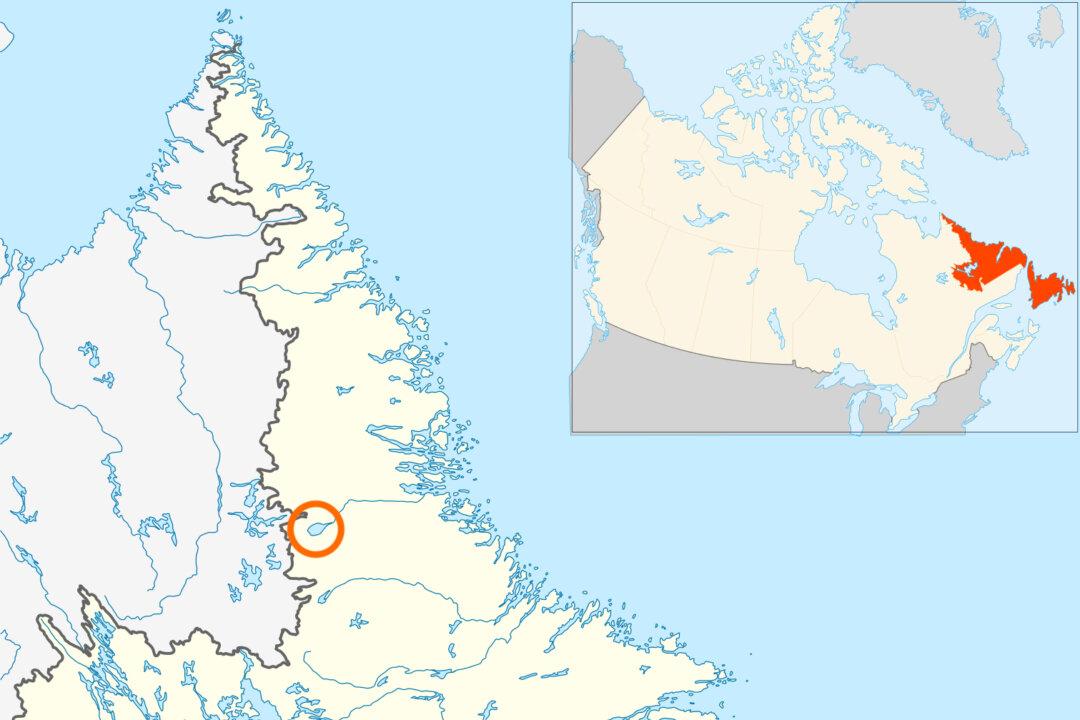Over the past few weeks, severe flooding in Ontario, Quebec, and New Brunswick due to melting snow and heavy rains has forced thousands of people to abandon their homes. Communities in the Prairies and British Columbia often have to deal with the travails of the spring flood season as well.
According to federal government figures, floods are the most common natural hazard in Canada, with flooding costing taxpayers $20 billion in damages between 2003 and 2012.





